chainsawriot
Home | About | ArchiveSide projects: a very academic love (& hate) story
tl;dr: Don’t do side projects. It is a waste of your time. You have been warned!
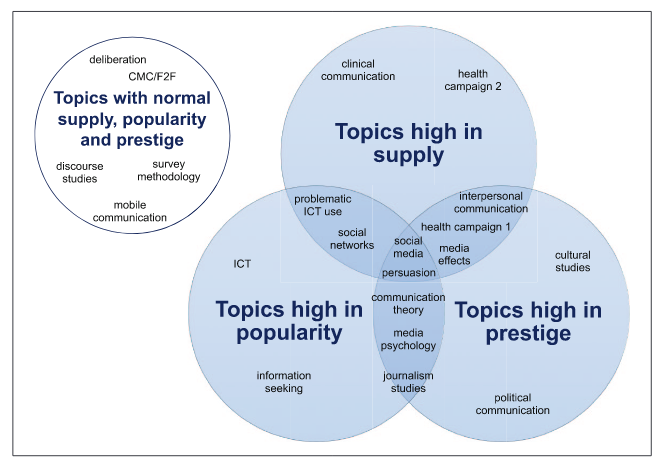
I have a long history of doing side projects. I think I have two types of side projects. One type is open source software, which I have written about a lot in this blog. Another type is interest-driven research projects.
Unlike any PhD student, as a postdoctoral research I say “I don’t know my research interests” in my Twitter profile. It’s sort of true.
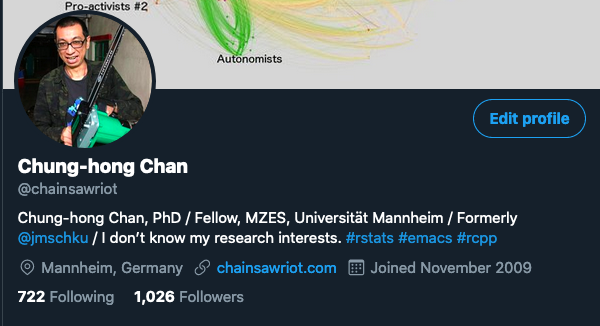
Like most of postdoctoral researchers, I have main gigs, i.e. the research projects that I was hired for doing. I am not saying I don’t like those main gigs. I like to work on those projects and it has sparked many innovations, e.g. rectr, textsdc, textplex, etc. etc.
An academic friend in Taiwan once said to me something like this: “Do you want to be your own boss? Do you want to have the freedom to pursue your research interests? If yes, you should find yourself a professor job.”
Well, it is sort of true. But the first condition, of course, is that I can find a professor job. In this increasingly difficult time, probably I need to have published 100 papers in Q1 journals and 1 million grant money under her belt to get a professor job. 1 To have this CV, I may need to do one postdoc after another to build one.
Maybe I have diverted too much. But what I want to say is: Actually, I have some projects I want to do. These projects are usually fun and thus I am driven to do them by the crazy passion inside me. I think the difference between a professor and a postdoc is the former can get paid doing these projects; the latter usually can’t.
I have a long history of doing side projects (am I repeating what I’ve said?). Back in the days when I was simply a research assistant of a hospital, earning HKD 6000 a month, I got my side project published in a very good medical journal. Back then, I called these projects “lunch-time projects”: I did most of these projects while I was eating junk food or cup noodle. Of course, I am highlighting the successful ones, because there are publication records of them. There were of course some semi-successful ones, or even failed ones that like most of the things in my life, I can’t recall.
Now I am earning better than the past, but I am still so inspired by idea of 20% time project. A good company should encourage the employees to devote 20% of their time on projects they want to pursue. Academia, the same. Side projects are usually where innovation comes from. Side projects, in contrast to main gigs, are usually open-end. Main gigs usually are products of research grants, education assignments, or institutional duties. These projects have many stockholders. Plans for these projects are usually designed upfront as a grant proposal or so. It has a road map. The stake for missing that road map is high.
On the contrary, side projects are usually open-end. A good side project is Agile (with a capital A). Well, here Agile doesn’t simply mean “fast”. It means responsive to changes, or challenges. Side projects grow organically. The stake for missing the “road map”, if any, is very low. You have just wasted your time.
Recently, I got a side project published in a very good journal. 2 This is not a regular academic blog post promoting this paper. But I am telling ya, this side project took me over two years from start to finish. At I’ve crossed the finishing line, it’s time to reflect what I’ve learned from this side project. I hope, it can inspire you to pursue your side projects… 3
Before moving on, I should give you a glimpse of what the side project is all about: This is my n-th attempt of doing a scientometric analysis. And finally a successful one.
Scientometrics is always fun. Except a few very lucky ones, doing scientometric analysis can neither bring bread nor butter (or ramyun nor kimchi) on my table, nor glory nor fame. So, the project probably can’t make my transition to a professor easier. Nonetheless, a fun project. Having fun is the most important part. Of course there was also pain. And plenty to learn, like the following 5.
Facing failure: Expectation Management
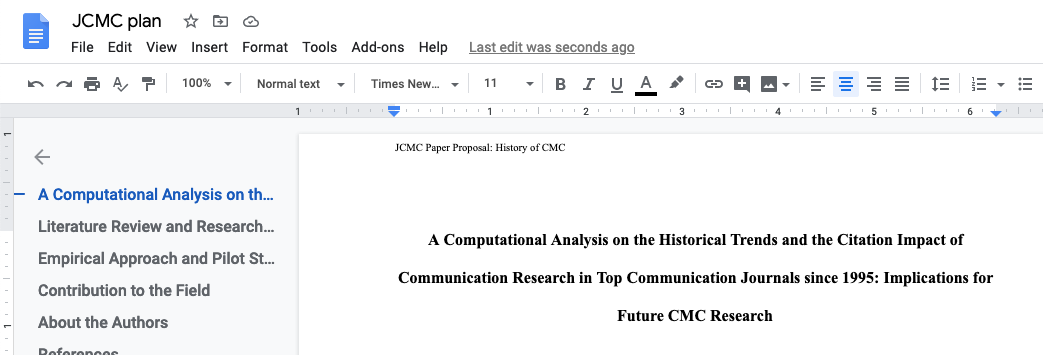
The project was born from a call for papers of a very high impact communication journal. Today, all papers from that call have been published. But in winter 2017, when I have just on-boarded in Mannheim, I saw the call and immediate I had an idea for that. 4
In that special moment, I cannot recall why I did that: I invited many of my new colleagues whom I just recently knew to this side project. In hindsight, I don’t know why I was that brave at that time (that’s usually not my mode of action). I don’t know, maybe the feeling of a big change was still fresh back then.
I got some responses. Some politely rejected my invitation. To my surprise, some agreed! In the end, I got a team of 4 people.
We have submitted a proposal to that super high impact journal. We thought we have a pretty decent chance. After 6 months and in mid-2018, the editor kindly told me they have received 80 proposals (wow!) and of course they did not select us. We did not have a chance to publish in that super high impact journal.
By looking at the end product of the special issue today, they have accepted 9 proposals. So the acceptance rate is only 11%, which is less than the acceptance rate of even some top, top, top journals. It is just slightly higher than New England Journal of Medicine’s unbelievably low 9% acceptance rate. My reflection back at the time was that, I don’t know how to estimate my competitiveness in this academic world so I should always assume that I’ll fatalistically fail. I’ve learned (yet another) lesson of expectation management. I still have the proposal with me. Reading it today, I can understand why we failed.
Even with this failure, we were still believing in the idea and decided to submit it as a conference submission for ICA 19 in Washington DC. And then I have to learn another important lesson.
Facing failure: Team Management

Before we decided how to approach the ICA submission, a member of the team decided to quit in that summer. And that triggered a ripple effect, another member decided to quit as well. I thanked them and let them go.
I rarely have a chance to be a leader. Up to this day, I still unsure whether I should let them go or should I keep them. In Asian societies, maybe it is more appropriate for me trying to keep them. But this is Europe so I think I’ve made a correct decision to let them go.
In 90s’ Hong Kong, there was a song called “10 young fire fighters” (十個救火的少年) by the Tat Ming Pair (達明一派). It talks about a town has a fire and a team of 10 volunteers is assembled to put off the fire. However, some volunteers decide to quit and that creates a ripple effect. In the end, only three volunteers left. They still tried to put off the fire. Of course, only three of them didn’t have enough power to put off the huge fire and they were engulfed by the fire and killed. After the fire, town people accused those 3 dead volunteers for being incompetent. The song is clearly a political metaphor about either the 1989 Tiananmen Protests (ended in a bloody massacre) or the political situation in the late colonial Hong Kong.
So 4 - 2 = 2. I have fear of the team would collapse further. I thank my only team mate for staying and believing in the idea (up til the end! 2 years!). The team of two moved on.
I remember in that summer while my coworkers were mostly on vacation, I was trapped in my hot office figuring out how to solve some very tricky scraping problems.
The team of two tirelessly wrote an ICA paper. We submitted it to ICA and boom! It’s accepted!
Path to success: Be a Better Presenter
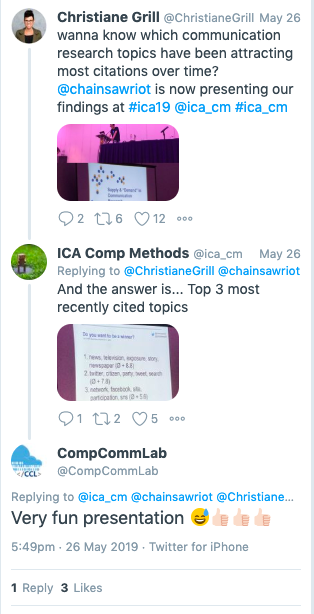
Well, the ICA acceptance was a slight boost to my confidence. In the same season, another paper from my main gig was rejected. So, this would be my only ICA presentation in that May. I have actually written about that ICA 19 presentation in a previous post.
I think the presentation I’ve done with this paper is still the best of my ICA presentations 5. Of course, my teammate and I have discussed about how should we approach this presentation. We have designed the presentation in a way that it is going to present only the most important message in 7 minutes. I have recited that presentation for zillion times. I couldn’t recall why, but in that short presentation I could absorb the energy from the audience and reflect that in my presentation. I could deliver all the intended punchlines, I could relay to the audience’s reactions and suddenly insert another joke.
It’s rare for an introvert like me.
At least 2 researchers told me I have done “the best of all ICA presentations”. The chair of the interest group at the time told me I would receive the best presenter award of the interest group, if there were one.
I have a history of over-engineering my presentations. This lesson makes me wonder, how can we make our presentations even better?
After this presentation, our team needed to face the harsh reality: get it published.
Facing failure: Adam’s Bear Paw is Billy’s Arsenic trioxide
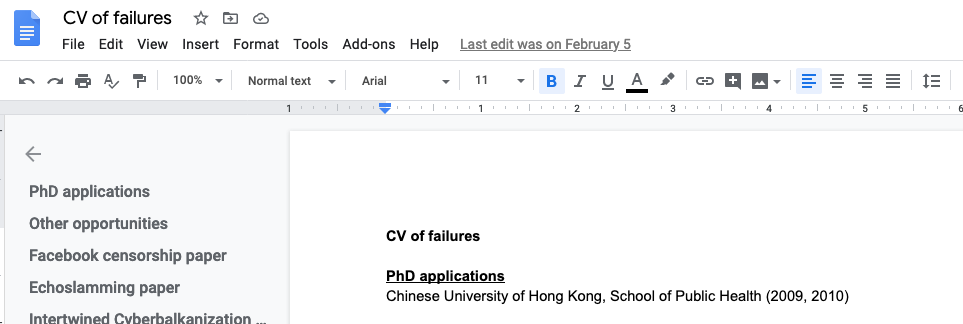
It is no secret that getting a paper published is hard. Researchers usually talk about the difficulty in very abstract ways. Usually they would talk about the number of times their papers got rejected before being accepted. They would also talk about how long did it take to get their papers accepted. I’ve never seen researchers would talk about which journal rejected their papers. These abstract ways are protective. No one wants to talk about their papers have been rejected by a journal because it might mean his or her research do not deserve to be on that journal. Also, it might leave a sour taste in that journal’s mouth.
If I need to talk in these abstract ways: the whole process took around a year and a half. This paper has not ever been rejected, but we have submitted it to two different journals. Well, only this description might have raised your eyebrows!
The beginning of the saga was actually started before the ICA 19’s deadline. We have repeated the history above of submitting the paper as a proposal to yet another journal’s call for papers. Let’s name this journal Journal A. Our paper was actually selected by the editors of Journal A. This call was very special and easily recognizable. I cannot give any more details about Journal A, just to protect myself.
The whole thing with Journal A was very unsatisfying (if I need to say it in a polite way). The R&R requests were usually given with a very stressful time frame (e.g. in 30 days). Although we turned up our revisions within this stressful time frame, our reviewers couldn’t. We missed the opportunity to publish our paper in that very special issue. Our submission has become a “normal submission”.
After two rounds of revisions we still couldn’t convince the reviewers. The reviewers clearly could not see the merits in our work despite our revisions, new issues were kept popping up in their comments.
We could have guessed that the reviewers were clearly wanting to reject our paper but the editor wanted to keep us there. We decided not to revise the paper for this journal anymore and switched to another journal. I remember the day we have made this decision. My teammate and I have drafted a long letter to the editor together explaining our decision for not revising anymore and voicing out our concerns. My fatalistic vision sudden kicked in and I thought at the time this move might be a career suicide.
At the time the letter was finished, it was like 21:00. I remember I went home, felt devastated. My wife had serious concerns about me. We have talked about the situation for a very long time. Once again, I was devastated.
The paper has been with Journal A for around half a year. The team went back to the square one: We needed to find a new outlet.
We were suddenly very ambitious and decided to try another top journal. I don’t need to name it Journal B because it is now public information. We have gone through 2 rounds of review and finally it got accepted! The reviewers’ comments were critical, but collaborative. They made several meaningful suggestions to the paper. The paper benefited tremendously from their suggestions.
The moral of the story is: Adam’s bear paw is Billy’s arsenic trioxide. This is actually a translation of the Cantonese phrase: 甲之熊掌乙之砒霜. You may know that arsenic trioxide is a very potent poison. But what’s bear paw? As this pandemic has taught us, ancient China has a tradition of eating game meat. In certain part of China, people are still eating very exotic game meat. Bear paw is a sort of exotic game meat and some stupid people thought it is tasty. For example, Mencius, perhaps the most famous successor of Confucius’ philosophy, famously said that he loves eating fish and eating bear paw. However, one cannot have both (魚與熊掌不可兼得). It basically says one must need to sacrifice and cannot get the best of two worlds.
Mencius, in a stark contrast to his contemporary Xuncius, believed that people are born good. But I think his fondness of eating bear paw proves it otherwise. Also, he probably has popularized eating bear paw and the term is used as a synecdoche to expensive, valuable haute cuisine in everyday language. BTW, I am in Xuncius’ camp. I believe people are born evil.
Thank you so much for attending my TED talk on Chinese philosophy, but what I want to say is that: your paper can be haute cusine or arsenic trioxide. One thinks it is arsenic trioxide doesn’t mean it can’t be haute cusine for another. This sounds like a questionable advice. But please believe in your work. Be persistent.
Before I move on: The introduction of the concept bear paw is a plot device. I am firmly against the abuse of bears in China. Please support the work of Animals Asia.
Path to nowhere: Necessity is the Mother of Git Commits
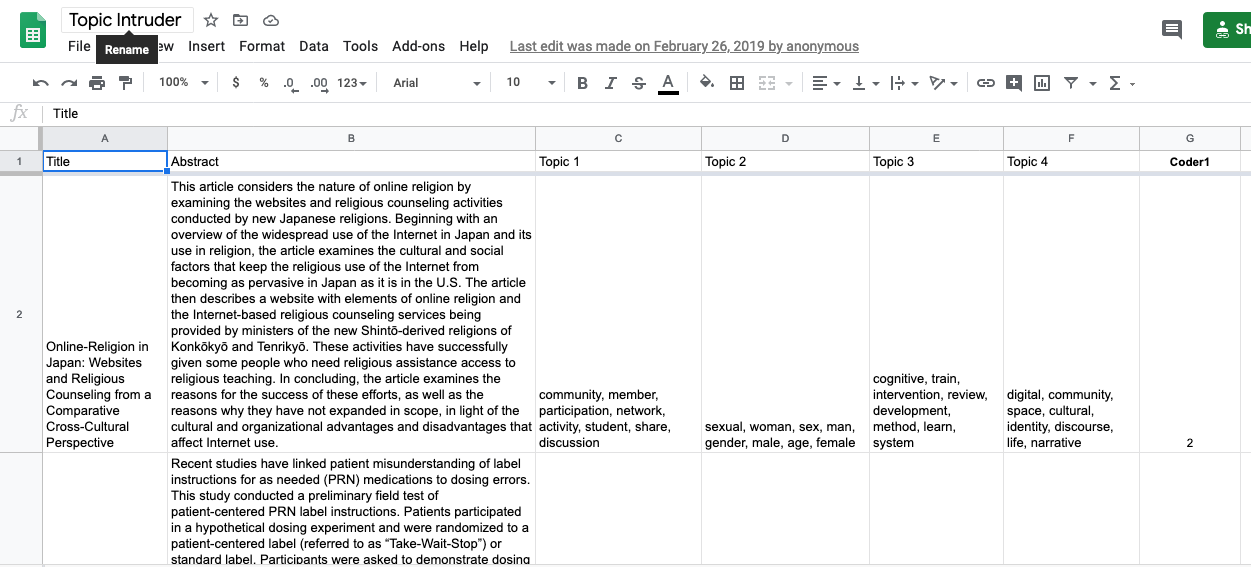
A side project usually spawns multiple side projects, this one is no exception.
This project is the origin of oolong. While we needed to validate our topic models, we did that with Google Sheets. It was probably not a good experience for our student assistants to do the word intrusion tests and topic intrusion tests with Google Sheets. I also found it difficult to generate those tests and made them available on Google Sheets.
At that point in time, I was wondering: Why every researchers are advocating to validate topic models but it is that darn difficult to do it?
Well, my “I am the nobody” thing kicked in. And the rest is history. The data bundled with the package are actually from this side project.
This side project is also the origin of my intention to write a book about automated content analysis.
So: Necessity is the Mother of Git Commits. A side project is leading you to nowhere because it usually spawns more side projects.
Conclusion
In this historically long blog post, I introduced how I waste my time with my ever-growing number of side projects. I hope this blog post is educational for what you should avoid and focus on your main gig.
I would like to take opportunity to thank my coauthor and my persistent teammate Dr Christiane Grill for continuously believing in this project.
I also would like to thank my wife for consoling me during the darkest hours of this project. I also thank her for being the reviewer of this blog post so that I’ve done a round of R&R before putting it online.
-
And it bundles with another problem of the academia: my PhD degree is from a university in Hong Kong (or the University of Hong Kong, as of writing it is the QS number 35 communication school in the world), not a random U.S. or U.K. University. ↩
-
A journal that the Twitter’s most quoted university ranking (i.e. Shanghai Ranking) gives extra points for researchers having papers published in that journal. For communication, there are only 5 of these journals. These 5 are probably more precious than SSCI or even Q1… ↩
-
Maybe I am annihilating your academic career. ↩
-
By that time, I have already a paper published in that super high impact journal. So, who doesn’t want to have one more? ↩
-
Well, actually I shouldn’t sound like I have done a lot. Up to this day, I have done only 6 in total. So one out of six is actually pretty easy to pick. ↩